Category: Urban Forest Restoration
-
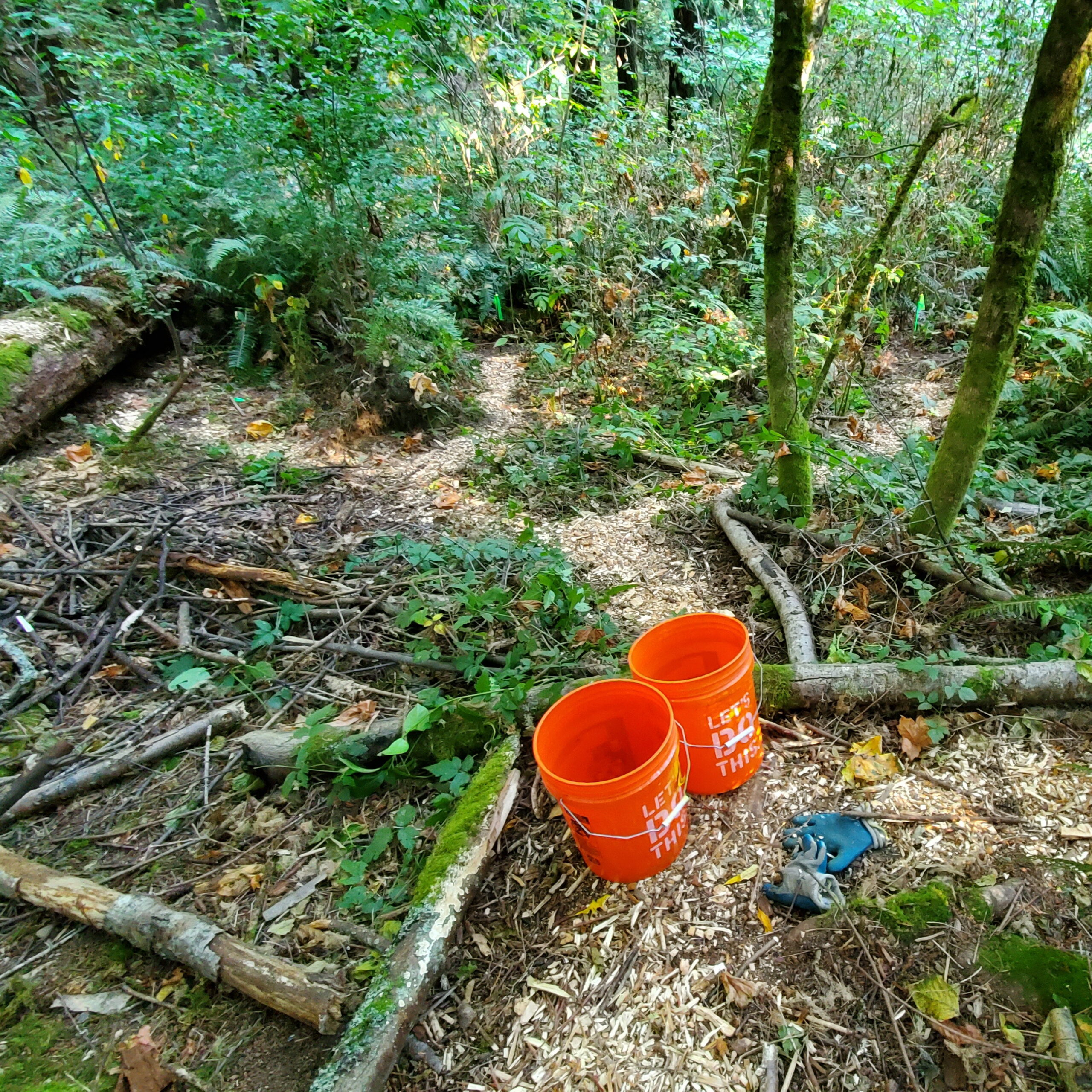
A Critique of the Forterra Model of Forest Restoration for Everett’s Forest Park
Now that Forterra has decided to essentially end its on-the-ground involvement in the Green Everett Partnership, I feel more at liberty to criticize its urban forest restoration model as it was applied in Everett’s Forest Park. The model’s failure, I believe, stems from the basic mismatch between the amount and type of labor needed to…
-
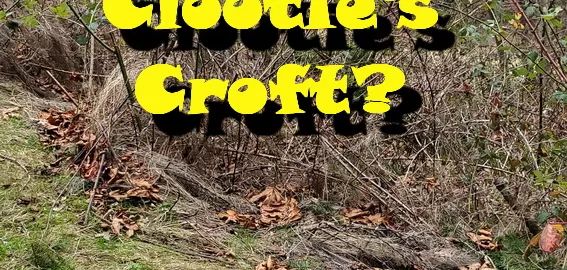
Clootie’s Crofts
Recently, I’ve been pondering some of the practical, ecological, and even philosophical reasons that I should begin to make peace with some of the weeds in some of the places.
-
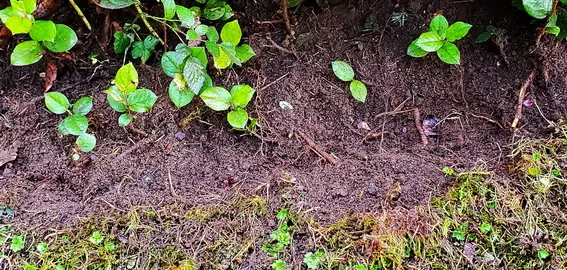
The Bradley Sisters and the English Perennial Garden
Being Australians from Sydney, and very “British,” the two Bradley sisters were certainly familiar with English-style perennial gardens and likely had experience maintaining them. Recently, I realized that their well-known method of bushland restoration, the Bradley Method, could have evolved directly from their experience with preventing grass from invading flower beds.
-

Should We Still be Planting Native Trees?
I knew that because of climate change there were no longer any perfect native trees to plant in our region, but I thought that planting a mix of native trees in appropriate sites was a reasonable climate adaptive strategy. Recently, however, my confidence was shaken by a list suggesting that our most important native conifers…
-
Douglas Squirrels in Forest Park
Seeing a Douglas Squirrel in Forest Park is a good sign, but the population is isolated, and hence vulnerable in the long term without wildlife corridors to the Cascades.
-
Blacktails, Salmonberry, Stinging Nettle, and Cougars
Are there any realistic options for controlling the deer population in Forest Park? If not, will they undo our forest restoration efforts?
-
Blackberry Bradley Line
Late fall seems to find me in a wetland untangling Himalayan Blackberry from Salmonberry. Most recently I was working on maintaining and extending a Bradley Line that protects an area of Salmonberry and Black Twinberry from old-growth Himalayan Blackberry (Rubus armeniacus).
-
Preparations for an October Tree Planting
This blog describes on-site work to prepare for an October tree planting event.
-
Improving the Balance in the Soil Seed Bank
“Even the weeds look lovely in May.” From Arthur Lee Jacobson in his book Wild Plants of Greater Seattle. April comes and goes. The rainy season begins to wind down, but the soil remains moist. Days grow longer and highs begin to flirt with 60 degrees. Nighttime lows no longer drop into the 30’s. All…
-
Elk Hill in Spring
I was feeling grateful on a recent spring morning as I walked through the forest on Elk Hill. It seemed like the years of restoration work had all been worth it.
-
Weed Whacking Bad Edges — Some Pros and Cons
Last year, I began weed whacking a few “bad edges” to see if it would help prevent the weeds from recolonizing adjacent “good areas.” I have some preliminary opinions on some pros and cons of this practice.
-
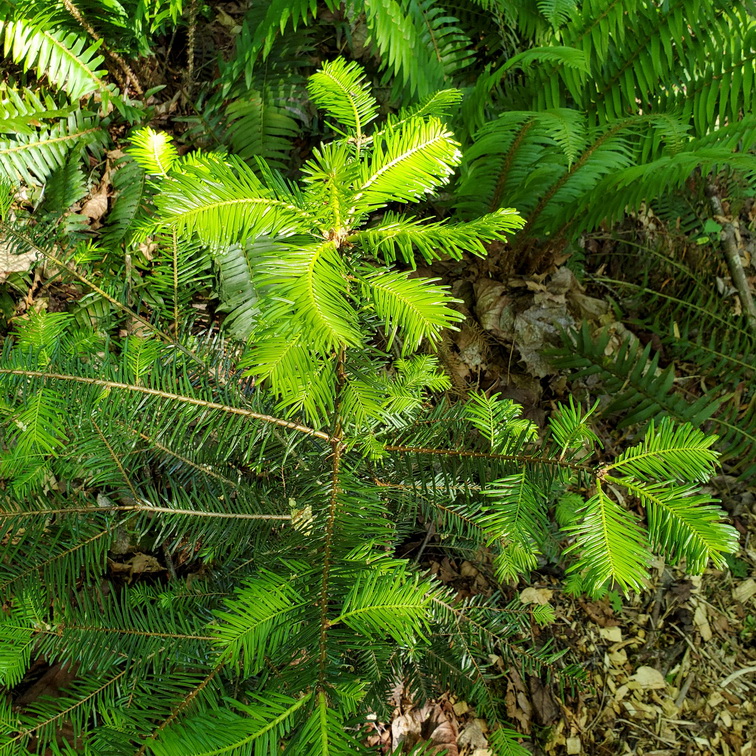
Should We Plant Conifers in Our Backyard Forests?
Should we be planting conifers in our backyard forests to eventually replace the existing large trees?
-
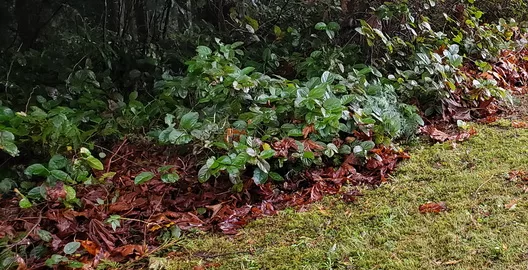
The Bradley Method
Published in Australia in 2002, “Bringing Back the Bush – The Bradley Method of Bush Regeneration” encapsulates the principles and methods developed by sisters Eileen and Joan Bradley based on their years of work restoring portions of a natural area in Sydney.
-

Fire Ladders and Douglas Firs
Though wildfires are rare in Puget Lowland forests, when they do occur mature Douglas Fir trees can be killed if fire reaches their crowns. One way this can happen is through “fire ladders,” which can be prevented by pruning the lower branches of Western Redcedars and Western Hemlocks.
-
How Soil Fertility Benefits from the Roots of Plants
We know that most plants need fertile soil for optimum growth, but how does the fertility of the soil itself benefit from the plants that grow on it?
-
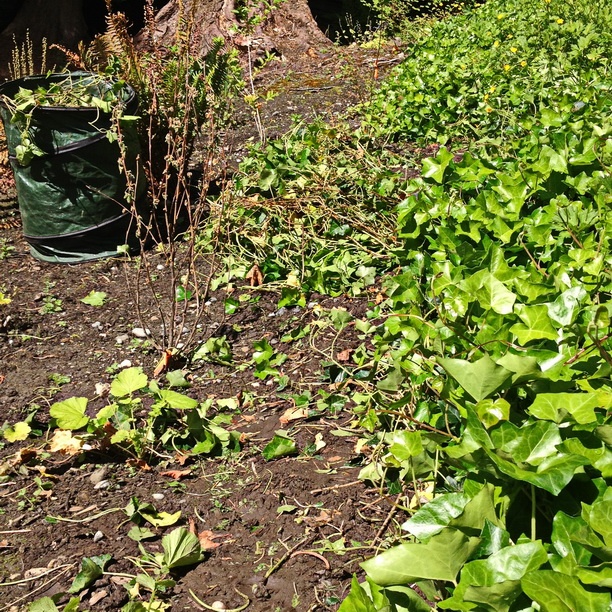
Hedera Etcetera, Part Two
In terms of controlling erosion, is it better to allow existing blankets of “Seattle’s worst weed” to remain on steep slopes?
-

Hedera Etcetera, Part One
Backyard forest restoration begins with the removal of Ivy. There are two main types growing wild in Northwest forests. Is it important to be able to tell the difference?
-

Rescuing Sword Fern and Bigleaf Maple
The wet season has returned – time for fall planting. I have been rescuing Sword Ferns and Bigleaf Maples and moving them to spots where they have a better chance to grow to maturity.
-
Some Tasks for the Dry Season
Though the dry season is not the best time to be pulling most of the invasive plants, there is still work to be done.
-
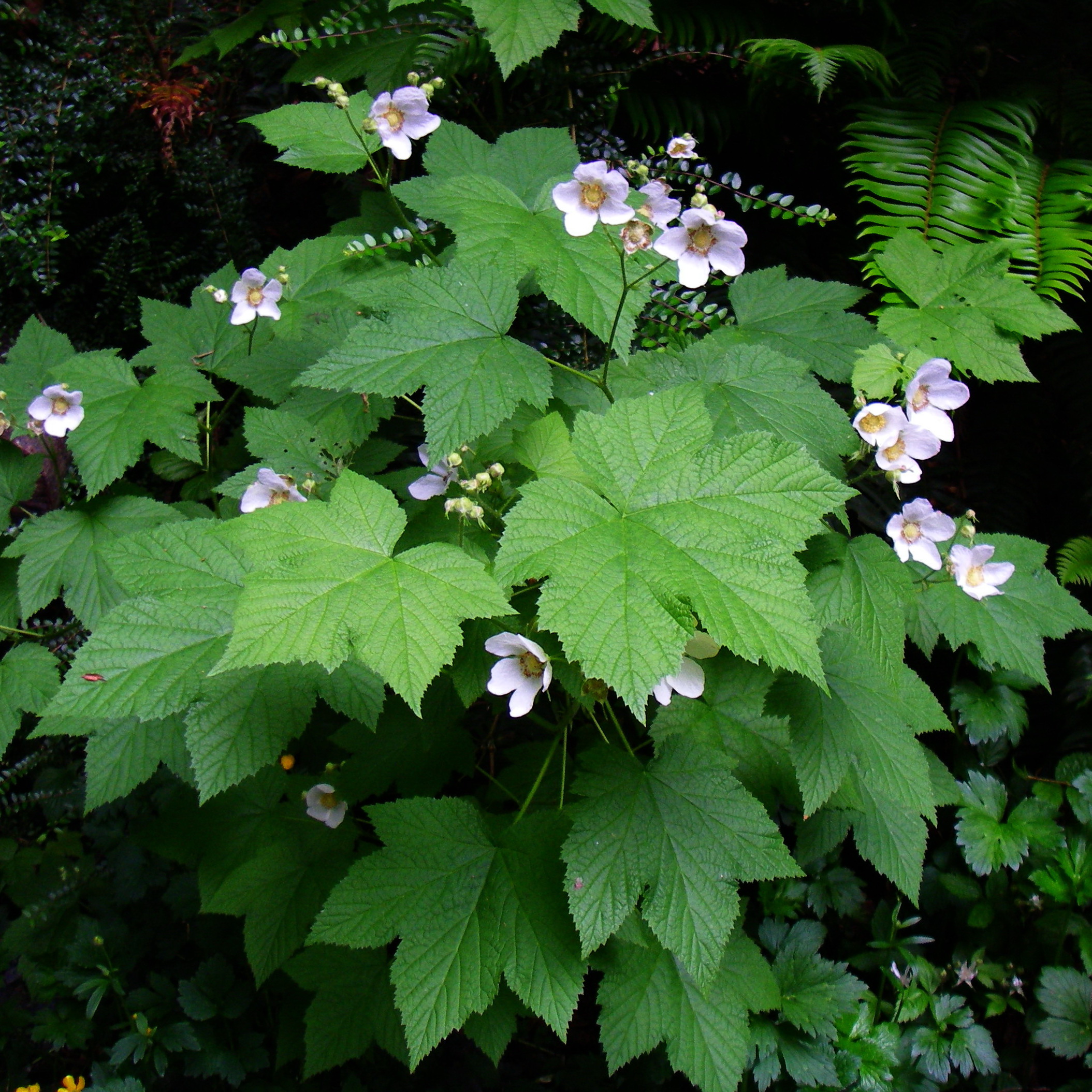
Gardening with Native Plants
In addition to the removal of invasive plants, forest restoration involves efforts to regenerate native plants.